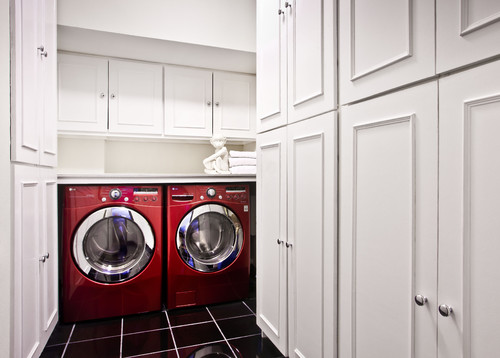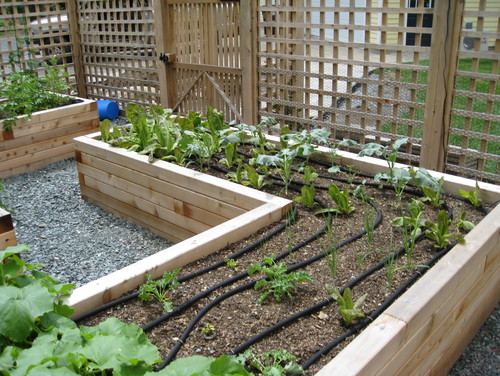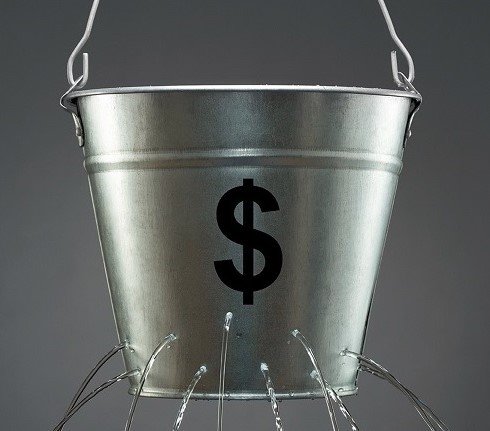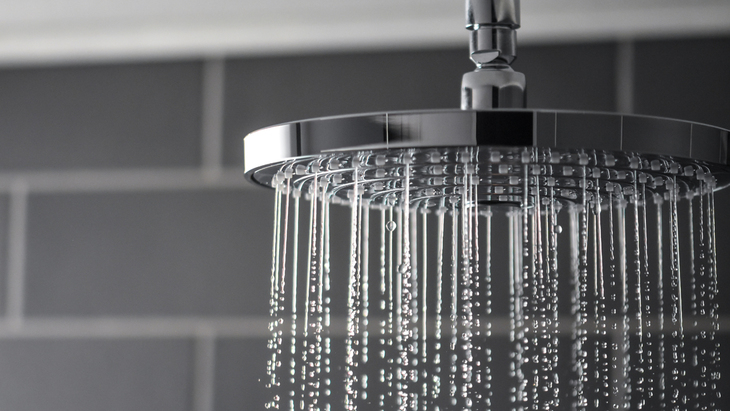Water conservation is the practice of using water efficiently to reduce unnecessary water usage. Water conservation is important because fresh clean water is a limited resource, as well as a costly one. As a resident of a city, you’re probably already well aware of the financial costs of inefficient water use. Conservation of this natural resource is critical for the environment — and our wallets.
14 tips for saving water around the home
The majority of household water use comes from toilets, washing machines, showers, baths, faucets, and leaks, but what you can do to save water is fairly simple. These 14 water-saving tips will put you on the path to conserving water in your household.
1. Put a brick in your toilet’s water tank. You flush an average of 20 gallons of water a day down the toilet. If you don’t have a high-efficiency toilet, try filling your tank with something that will displace some of that water, such as a brick.

2. Use the right amount of water for each load of laundry. Typically, 15-40 percent of indoor home water use comes from doing laundry. Save water by making sure to adjust the settings on your machine to the proper load size.

3. Pick your washing machine wisely. When considering top-load vs. front-load washers, front-loading washing machines generally use less water.
4. Water plants wisely. Water your lawn or garden early in the morning or late in the evening, so the water lasts and is not immediately evaporated by the hot sun.

5. Install a low-flow showerhead. With a low-flow showerhead, you can save 15 gallons of water during a 10-minute shower.
6. Check for and repair leaks. An average of 10,000 gallons of water is wasted every year due to household leaks. One of the most effective ways to cut your water footprint is to repair leaky faucets and toilets.

7. Turn off the water. Teach your whole household to turn off the faucet while brushing teeth or shaving. Every little bit of water conservation helps!
8. Defrost food in the fridge. Instead of running frozen foods under hot water from the faucet, build in time to let them defrost in the refrigerator.
9. Reduce, Reuse, and Recycle. Reduce the amount of "stuff" you use and reuse what you can. Recycle paper, plastic, cardboard, glass, aluminum and other materials.
10. Natural Alternatives. Use all-natural/nontoxic household cleaners whenever possible. Materials such as lemon juice, baking soda, and vinegar make great cleaning products, are inexpensive, and environmentally-friendly.
11. Use every drop. Learn to repurpose water. One easy way is to capture under your colander the potable water you use to rinse fruits and veggies, and deposit it in the garden. Do the same while you wait for your hot water to come in.
12. Shorten your showers. Use a timer to time your showers. Aim for five minutes or less.

13. Capture rainwater. Find ways to save and store rainwater for use in the garden. Remember to cover your barrels to keep mosquitoes at bay.

14. Learn and Share! Get involved in water education! Learn more about water and share your knowledge with others.
Sources:
https://www.constellation.com/energy-101/water-conservation-tips0.html
https://www.groundwater.org/action/home/top10.html
https://www.forbes.com/sites/houzz/2015/03/31/11-ways-to-save-water-at-home/#59348747166c
Translated and contributed by MCA-Mongolia Finance Team
